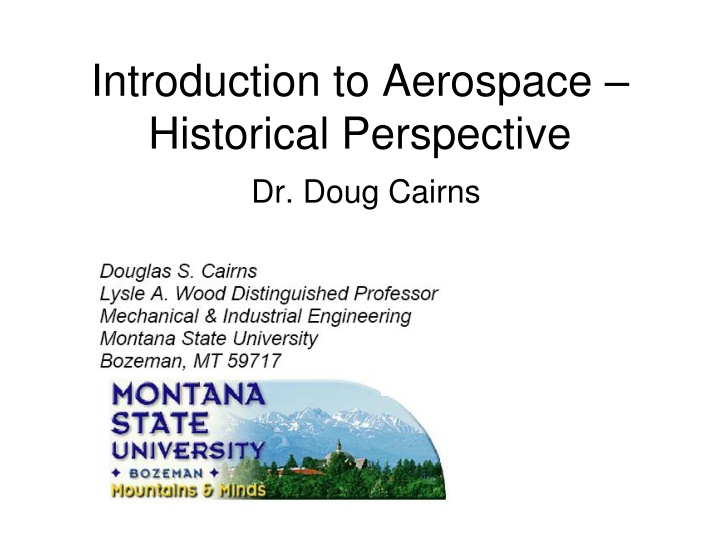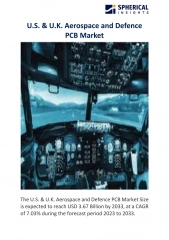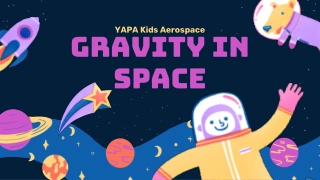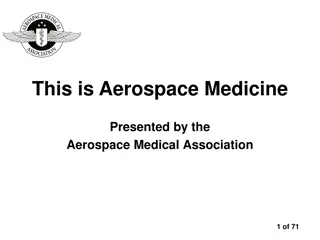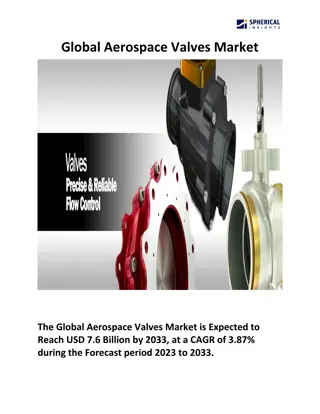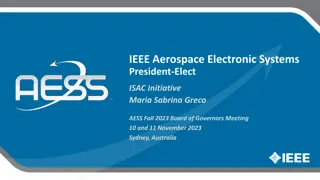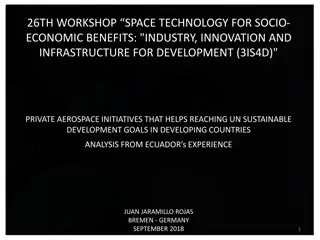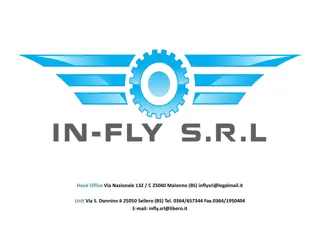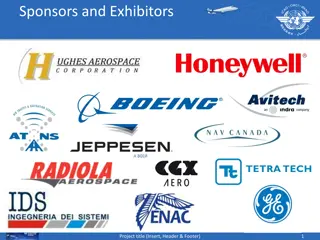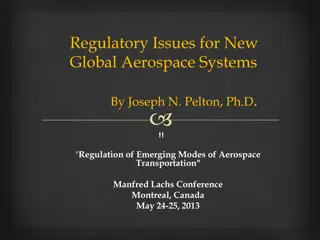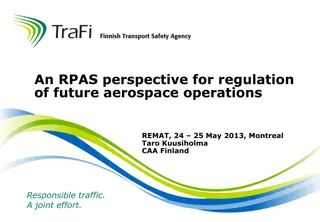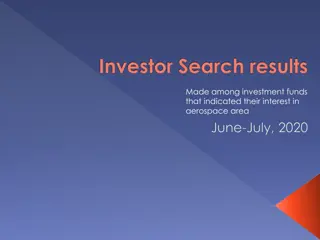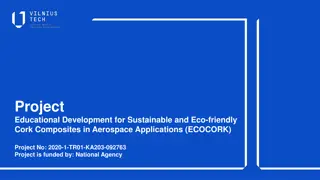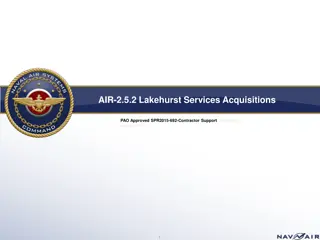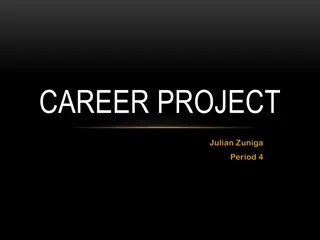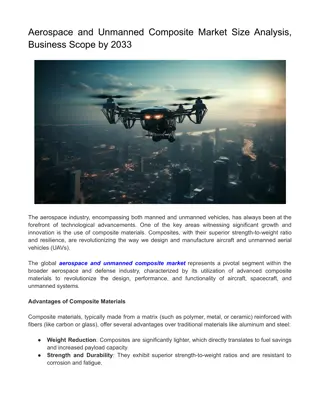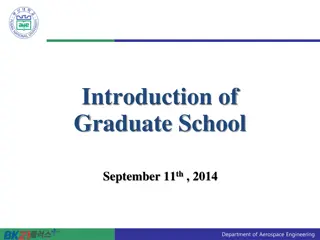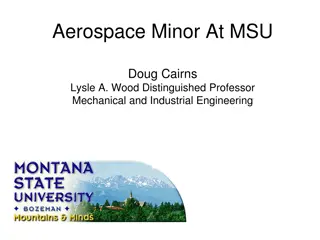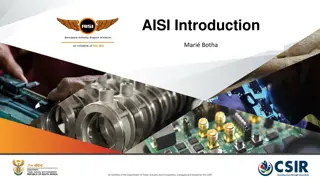Aerospace Historical Perspective with Dr. Doug Cairns
Dr. Doug Cairns has a rich background in aerospace composites and structures, spanning from his beginnings as a Staff Engineer to his current roles in academia and industry. He has contributed significantly to the field through research, teaching, and leadership positions, making him a valuable figure in the aerospace community.
Download Presentation

Please find below an Image/Link to download the presentation.
The content on the website is provided AS IS for your information and personal use only. It may not be sold, licensed, or shared on other websites without obtaining consent from the author.If you encounter any issues during the download, it is possible that the publisher has removed the file from their server.
You are allowed to download the files provided on this website for personal or commercial use, subject to the condition that they are used lawfully. All files are the property of their respective owners.
The content on the website is provided AS IS for your information and personal use only. It may not be sold, licensed, or shared on other websites without obtaining consent from the author.
E N D
Presentation Transcript
Introduction to Aerospace Historical Perspective Dr. Doug Cairns
Cairns Aerospace Background Began composites career in 1978 as a Staff Engineer at the University of Wyoming Characterization of compression fatigue mechanisms of F18 vertical stabilizer (AS1/3501- 6) for Navy Hygrothermal characterization of Carbon, Glass, and Kevlar with Hercules 3501-6 for Navy and Army Senior Engineer, Hercules Aerospace, Magna UT (designed and analyzed space and aircraft structures manufactured from composite materials) Ph.D. in Aeronautics and Astronautics, MIT, thesis on damage resistance and damage tolerance due to impact damage in carbon/epoxy and kevlar/epoxy structures, research sponsored by FAA Manager of Composites Technology, Hercules Materials Company US largest manufacturer of structural carbon fibers materials for military and commercial aerospace primary structural applications Joined Mechanical and Industrial Engineering at Montana State University in 1995, began working on wind turbine blade structures, <$10/lb final part cost target based on aerospace technology Teamed with Boeing engineers to develop and implement Aircraft Structures course at MSU Former Chairman, American Institute of Aeronautics and Astronautics - Materials Technical Committee Co-Chairman Damage Tolerance Committee NASA/ MIL HDBK 17 Composites President, Montana Aerospace Development Association (UM Representative is the Vice President) Private Pilot Certificate, multiple ratings FAA Consultant for developing composite materials specifications for General Aviation Aircraft Industrial Advisory Board Member MSU Aviation Program
We Have Covered a Lot of Topics Materials and Structures Tours Guest Lecturers Project
Academic and Strategic Needs for the Introduction to Aerrospace Course at Montana State University (MSU) MSU has traditionally been a large supplier of engineers to Boeing in Seattle and other aerospace companies Sponsored research from Air Force, NASA, DOE (wind turbine blades), other aerospace Many ME Students hired by aerospace or aerospace-related companies Students are already engaged in aerospace internships JPL NASA MSU SSEL Edwards Air Force Base Sandia etc. Montana has reached critical mass in its aerospace activities S&K technologies Scientific Materials S2 Corporation Summit Design and Manufacturing in Helena (Now, Boeing-Helena) Resodyn MSE in Butte SPG rocket motors in Butte etc. Governor Schweitzer has stated that aerospace and related technologies will be the leader for a higher tech Montana economy MSU has ROTC Aerospace Studies (AFROTC); 21 students, most are engineers Prospective students and their parents often ask Do you have an aerospace program?
What I Hope You Have Learned A framework for an introduction to aerospace Aerospace applications from your other classes A heightened awareness for aerospace applications Formalize and strengthen your previous and future understanding For those in the Aerospace Minor Provide skills for Montana aerospace jobs Resume builder for other aerospace opportunities Improve the collaborations and internships for aerospace Instill a sense of responsibility and professionalism
Even If You Do Not Focus Your Career in Aerospace Biomedical devices many designers and engineers started in aerospace; they understand the precision necessary for this field Sporting goods high tech products borne from aerospace Energy efficiency will require better precision in design, analysis, and construction as energy costs continue to escalate
